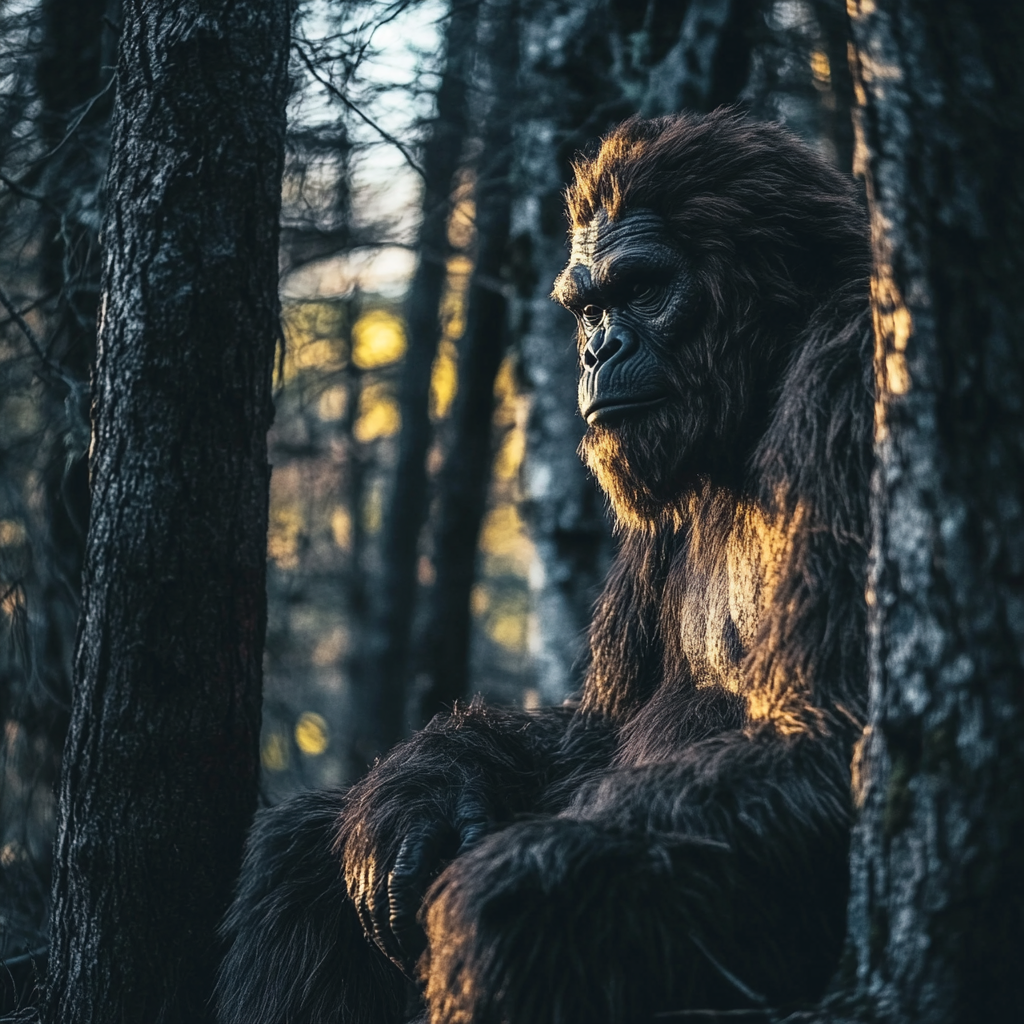Few legends are as captivating as that of Sasquatch, often referred to as Bigfoot. The story of this elusive creature has woven itself into the cultural fabric, blending folklore, anecdotal evidence, and scientific intrigue. For decades, reports of a massive, ape-like being wandering the forests of North America have intrigued believers and skeptics alike. But why does this legend persist, and what drives our fascination with it?
The allure of Sasquatch lies in its paradoxical nature: it exists in the liminal space between reality and myth. Some see it as a relic of ancient times, a species that survived evolution unnoticed by modern science. Others dismiss it as a combination of hoaxes and overactive imaginations. Regardless of belief, Sasquatch has inspired countless expeditions, documentaries, and debates, solidifying its place as a cultural phenomenon.
Historical Accounts and Cultural Significance
Sasquatch stories are not a modern invention; they trace their roots back centuries. Indigenous communities across North America, particularly in the Pacific Northwest, have long spoken of a creature resembling the Sasquatch. Known by names such as “Skookum” or “Wild Man of the Woods,” these beings were often depicted as guardians of the forests, embodying both fear and respect.
European settlers in the 19th and 20th centuries brought these tales into mainstream awareness. Reports of large, human-like footprints and eerie howls in the wilderness started appearing in newspapers. These accounts varied, but common themes emerged: a towering figure, covered in hair, moving with agility despite its size. Such sightings often sparked local excitement and cemented Sasquatch’s presence in popular folklore.
Beyond entertainment, Sasquatch carries cultural weight. For many indigenous peoples, it is a spiritual symbol rather than a physical being. The creature represents the balance between humanity and nature, a reminder of the wilderness’s untamed power. These cultural narratives add depth to the Sasquatch story, suggesting it is as much a reflection of human values as it is a search for a cryptid.
The Scientific Approach to Sasquatch
When confronted with the question of Sasquatch’s existence, scientists typically fall into two camps: the skeptics and the curious. Skeptics argue that there is no verifiable evidence to suggest such a creature exists, citing the absence of remains, reliable photographic evidence, or consistent sightings. They often attribute Sasquatch reports to misidentifications, psychological factors, or outright hoaxes.
Curious researchers, however, approach the mystery with an open mind, using scientific methods to investigate claims. For example, anthropologists have considered whether Sasquatch could be a surviving population of Gigantopithecus, a massive primate species thought to have gone extinct hundreds of thousands of years ago. Ecologists examine whether an undiscovered large mammal could sustainably live undetected in remote forests.
Despite differing viewpoints, one thing is clear: scientific inquiry has pushed Sasquatch discussions into the realm of critical analysis rather than mere folklore. Researchers emphasize that extraordinary claims require extraordinary evidence. Until such evidence is found, the scientific community remains divided, leaning heavily toward skepticism.
Evidence: Footprints, Hair, and Sightings
Proponents of Sasquatch’s existence often point to physical evidence as proof of the creature’s reality. The most famous examples are large footprints, some measuring over 15 inches in length, found in remote forests. These tracks often feature distinct ridges and patterns resembling those of primates, leading some to believe they are authentic.
Hair samples are another frequently cited form of evidence. Allegedly collected from sightings or areas with reported activity, these samples are often sent for analysis. However, most results indicate the hair belongs to common animals such as bears, deer, or even humans. Despite these findings, enthusiasts argue that some samples remain unidentified, keeping the debate alive.
Perhaps the most compelling, yet controversial, evidence comes in the form of sightings and video footage. The famous Patterson-Gimlin film from 1967 is often hailed as the best visual record of Sasquatch. Critics argue it shows nothing more than a person in a suit, but supporters claim its gait and proportions are beyond human. While such evidence intrigues, it falls short of definitive proof, leaving the mystery unresolved.
DNA and Genetic Studies: What Do They Say?
In recent years, advances in DNA analysis have brought a new dimension to the Sasquatch debate. Several hair and tissue samples attributed to the creature have undergone genetic testing. In most cases, these analyses reveal that the samples come from known species. For instance, a study conducted by geneticist Bryan Sykes found that purported Sasquatch samples were actually from bears and other mammals.
However, some researchers argue that anomalies in certain samples suggest the possibility of an unknown primate. These claims are often met with skepticism due to a lack of peer-reviewed evidence. Critics note that contamination or improper handling of samples can produce ambiguous results, casting doubt on their reliability.
Ultimately, the scientific consensus remains unchanged: no conclusive genetic evidence supports the existence of Sasquatch. While the search continues, the gap between anecdotal claims and scientific validation remains significant.
Key Takeaways
- Sasquatch is a legend deeply rooted in cultural and historical narratives, blending folklore with modern curiosity.
- Physical evidence such as footprints and hair samples has yet to provide definitive proof of its existence.
- Scientific methods, including DNA testing, continue to explore the mystery but lean heavily toward skepticism.
Finally, we recommend that you read our other article, in which we talked about the art of creating branded fragrances for each individual.
FAQ
No, most evidence is anecdotal or inconclusive.
Cultural significance, historical accounts, and the allure of the unknown fuel belief.
The Patterson-Gimlin film and alleged large footprints are the most well-known examples.

